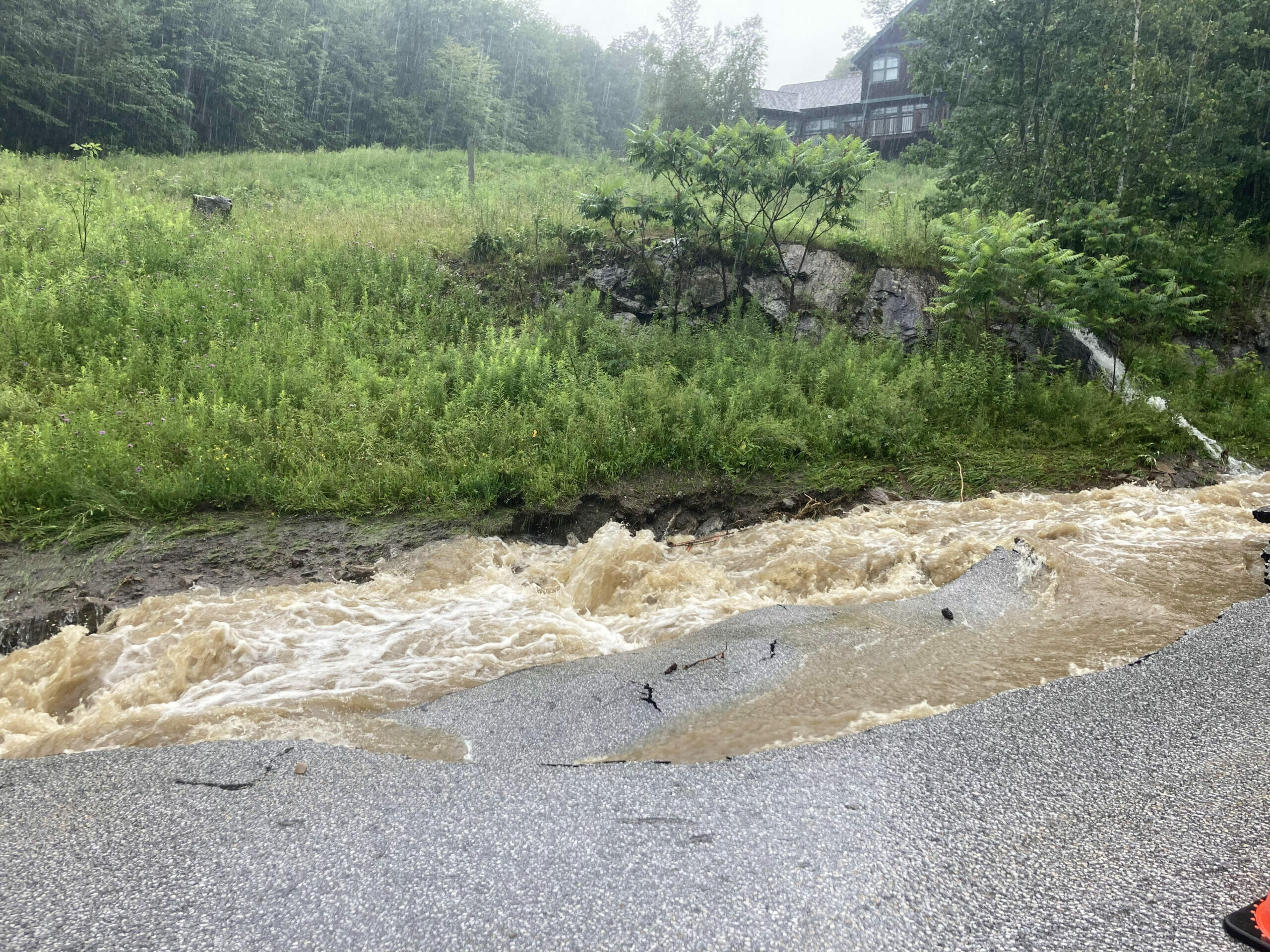When recent heavy rains pummeled the Northeast, the immediate priority was safety for the region’s residents.
Now that deadly flood waters have receded, New Englanders are grappling with both the emotional scars of the devastation to lives and property and assessing the damage and moving forward toward recovery.
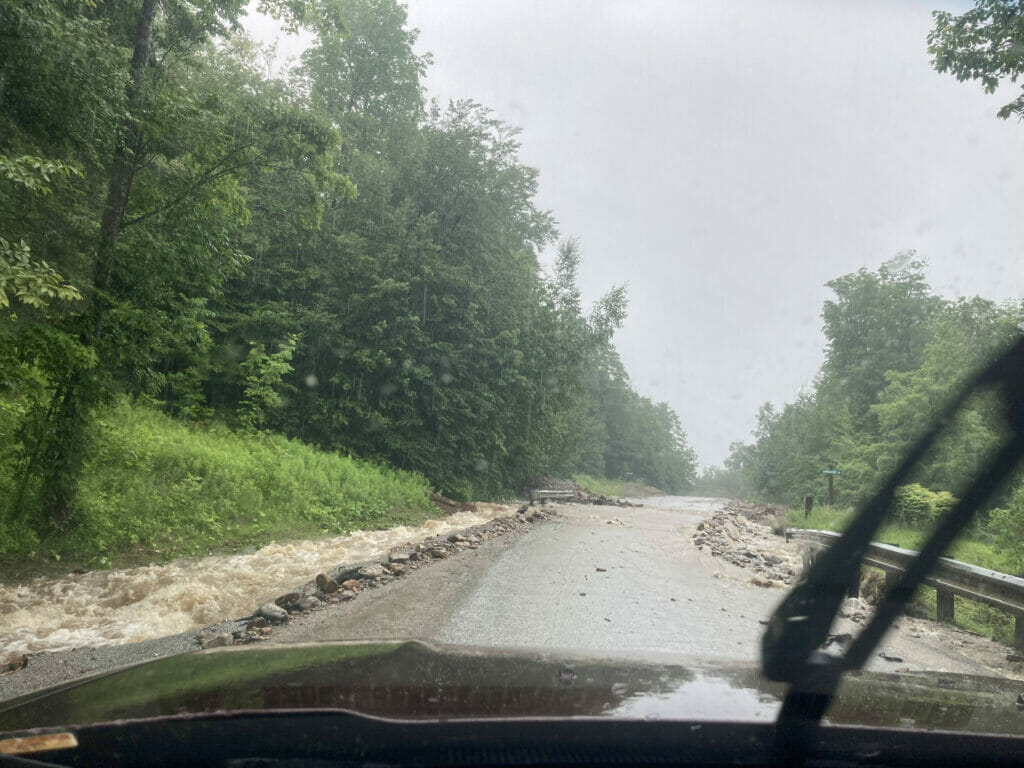
As Trout Unlimited’s Joel DeStasio watched heavy rain fall and saw rivers rise, he felt first for all those who were being personally impacted by flooding. In the back of his mind, though, he also couldn’t help thinking about projects that TU and partners have undertaken throughout Vermont and New Hampshire.
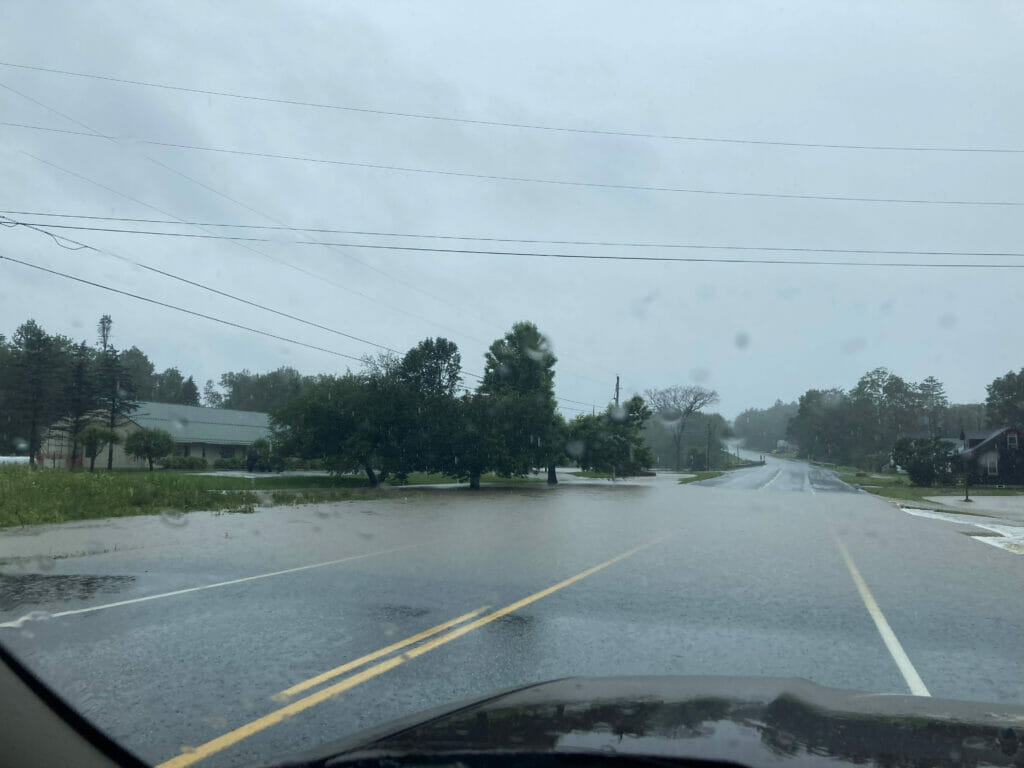
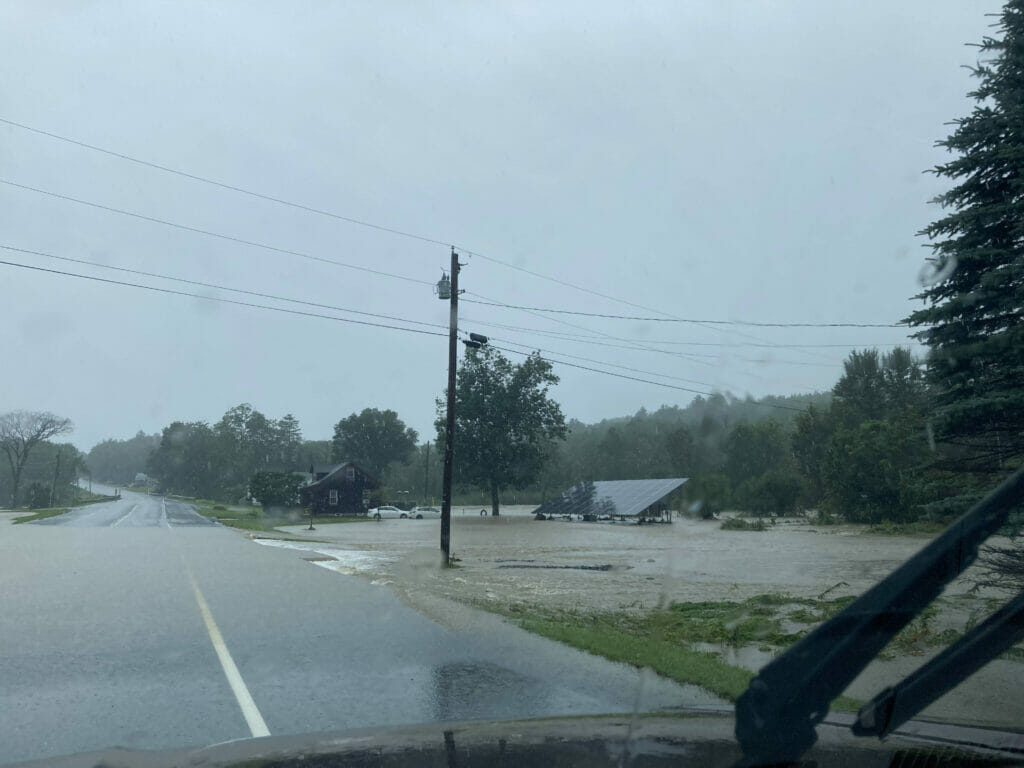
“I have great confidence in the work we do and in the structures we put in the ground,” said DeStasio, who oversees TU’s restoration work in New Hampshire. “That being said, when you have these events that are, to use a word that seems overused these days, ‘unprecedented,’ it’s hard to not be concerned.”
In the days since the flooding, DeStasio and other members of TU’s Northeast Coldwater Habitat Program have gotten out to many project sites. They’ve also relied on reports from TU members and supporters throughout the state.
What the TU staffers have found has been encouraging.
“Everywhere that we’ve been able to see so far looks astonishingly good,” said Erin Rodgers, TU’s program lead in Vermont. “It really speaks to the methods we use and how good they are.”
Recent projects tested
Rodgers said that TU crews had spent a few weeks before the storm event surveying recent project sites, including those where TU had added woody habitat structures to streams.
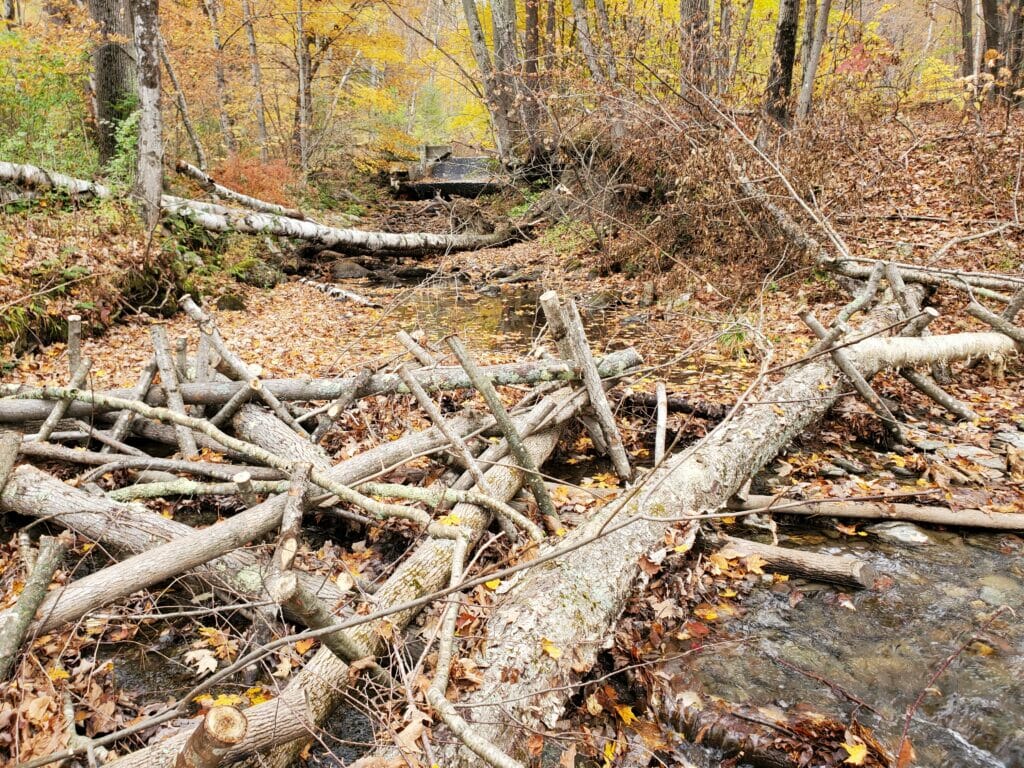
“It was just kind of a lucky circumstance that our field team had gone around the whole state and done a bunch of monitoring,” she said. “So, we’ve got perfect ‘before’ data and now we’re going around getting the ‘after’ data.”
Going back to those sites showed that while high flows had moved some things around, there had been no catastrophic failures. There are areas where high flows actually moved stream gravels to better anchor structure.
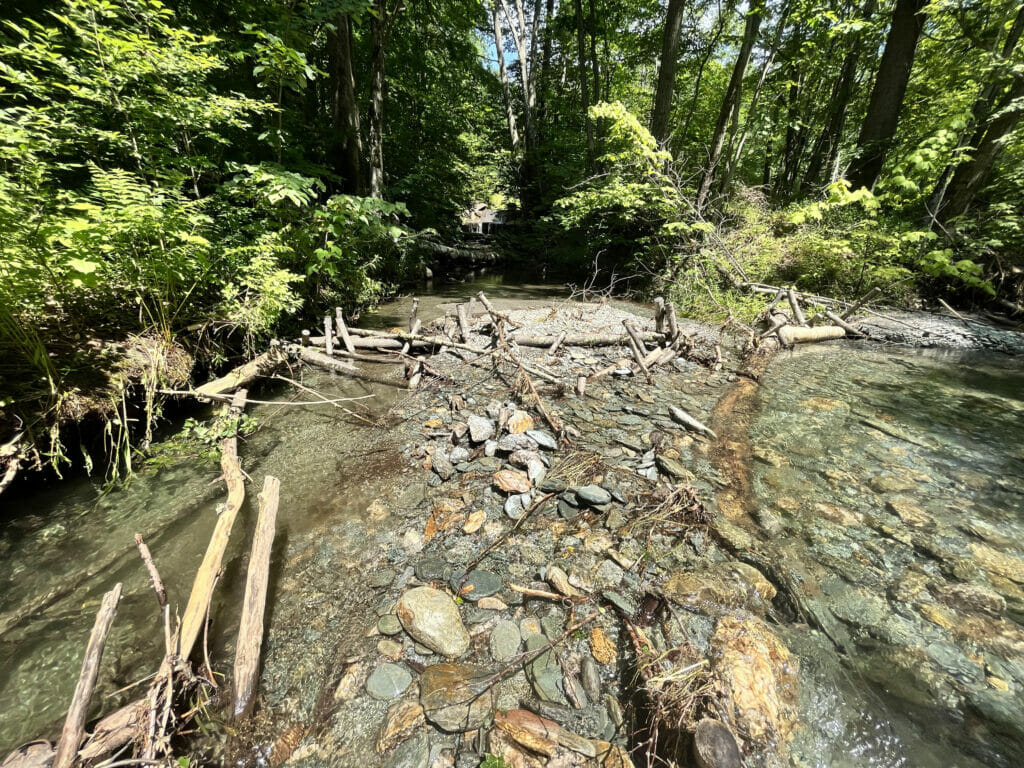
“We don’t want things to be 100 percent immovable in most cases,” Rodgers said.
When strategically adding woody structure to streams, Rodgers said teams often install strainer structures, which are stream-spanning log structures that can help keep other logs and limbs that may break loose from being swept farther downstream.
“They’re the biggest pieces of wood at the bottom of project reach,” she said. “If anything does move, it’s there to catch and stop it.
“There were bits and pieces of movement but every piece of wood that we put down is still in its original project stretch.”
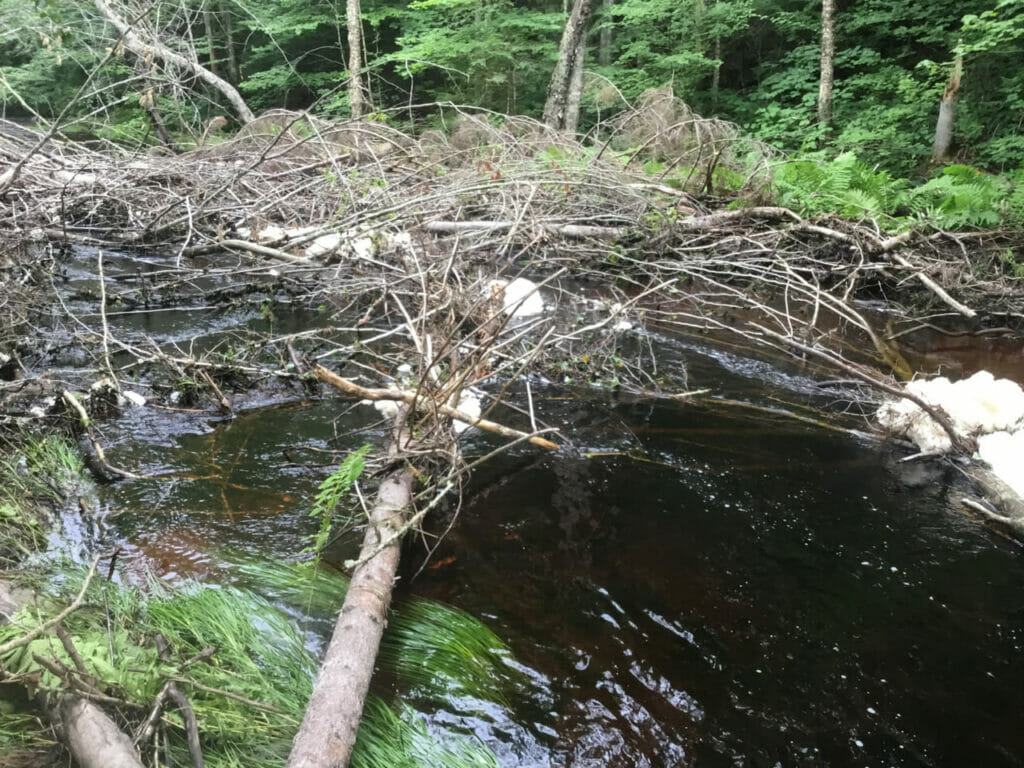
Adding structure to streams can slow down high flows and help push high water onto a stream’s natural flood plain. As waters recede, solids are deposited on those plains, which helps keep riparian corridors intact and healthy.
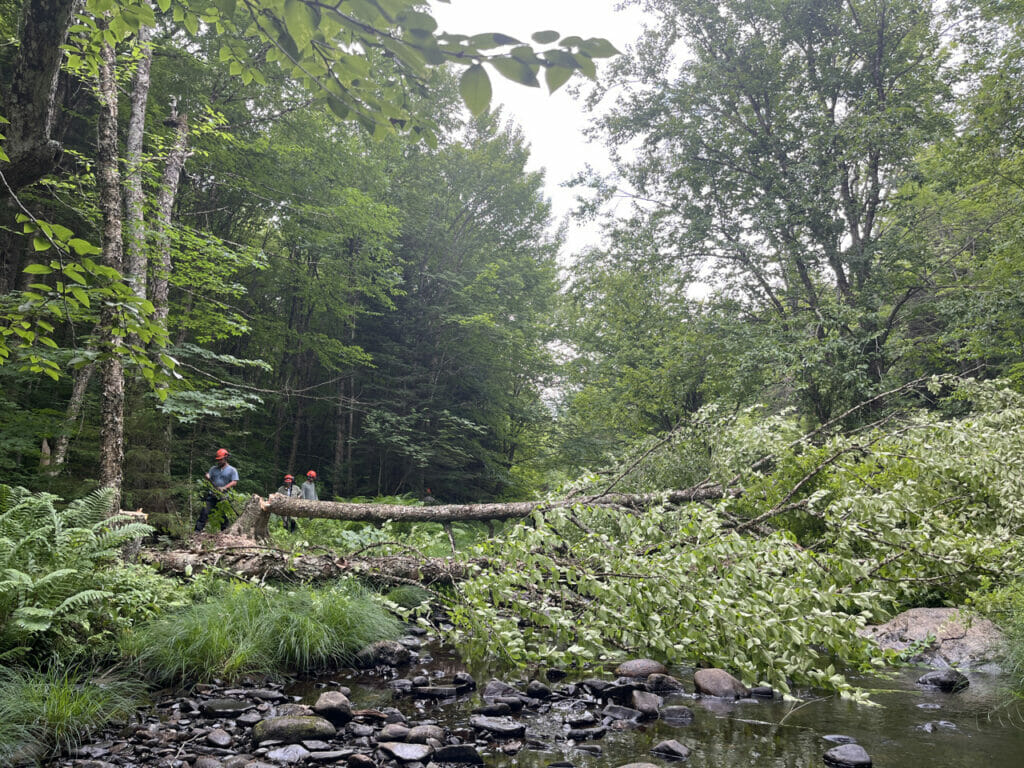
Replacing undersized culverts is another tactic to help streams become more resilient to flooding.
When culverts aren’t able to pass 100 percent of a stream’s flow, that water will back up and could damage the road under which the culvert is set. Replacing those culverts with spans designed for high flows can protect those roads, as well reconnecting stream stretches to allow for both upstream and downstream fish passage.
None of TU’s recent culvert replacement projects failed during the most recent flooding.
Impact to upcoming project sites
While completed projects fared well, it was a different story at some sites where work is planned.
For example, at some sites where TU is planning to address failing banks, storm-related erosion was severe. Rodgers said that might require altering restoration plans. One project that was slated to start on July 31 — a culvert replacement on Childs Brook — has been postponed because the water level in the stream is still too high, she added.
Phil McGovern, who works on restoration projects in the Northeast, said it was fortunate that TU didn’t have any projects actually under way at the time of the flooding.
“If this had happened at the end of August it would have been a different story,” said McGovern said.
After Hurricane Irene in 2011, some river systems in New England that were damaged by flooding were further damaged by ill-advised recovery efforts, such as using heavy equipment to “clean up” affected rivers. Both private citizens and municipalities that rushed to “fix” damage sometimes made communities more vulnerable to flood damage by channelizing streams and removing instream structure. But that just creates higher velocity flows and increases the potential for even more damage downstream.
In the wake of those actions, TU and partners have undertaken an intensive public education effort to work with landowners on best practices for post-storm repairs.
One of the big differences between Irene and this time around has been the preparedness of state leadership,” Rodgers said.
She remembered one high-level state official telling landowners after Irene to “get into the streams and dig them deep and dig them wide.”’
“That’s about the worst thing you can do,” she said. “There are probably a lot of private landowners who would have liked to have gotten in the streams and done their own work this time, but state leadership pretty much said, ‘no, don’t do that.’”
McGovern said that the increasing severity and frequency of storms may require a re-thinking of project designs.
“Currently we’re designing projects to be able to handle 100-year flood events,” he said. “But it may be that we have to start designing for 200- or 500-year floods.”
Fish impacts
Native fish species have evolved to respond to devastating natural disasters. But there is consensus that events like severe fires and floods can have a short-term impact.
Rodgers said another benefit of a stream having good structure is that it can provide cover for fish during high-water events.
“If they don’t have any underwater cover to find breaks from high-velocity flows, they can get swept downstream,” said Rodgers, who noted that the Vermont Fish and Wildlife has done studies that show changes to stream population dynamics after flooding.
Because fish can be moved downstream, that makes stream reconnection projects — such as replacing undersized and perched culverts with stream-spanning crossings — that much more important. Even though fish might find themselves far downstream after a flood, fish in barrier-free streams will eventually spread back out through the system.



